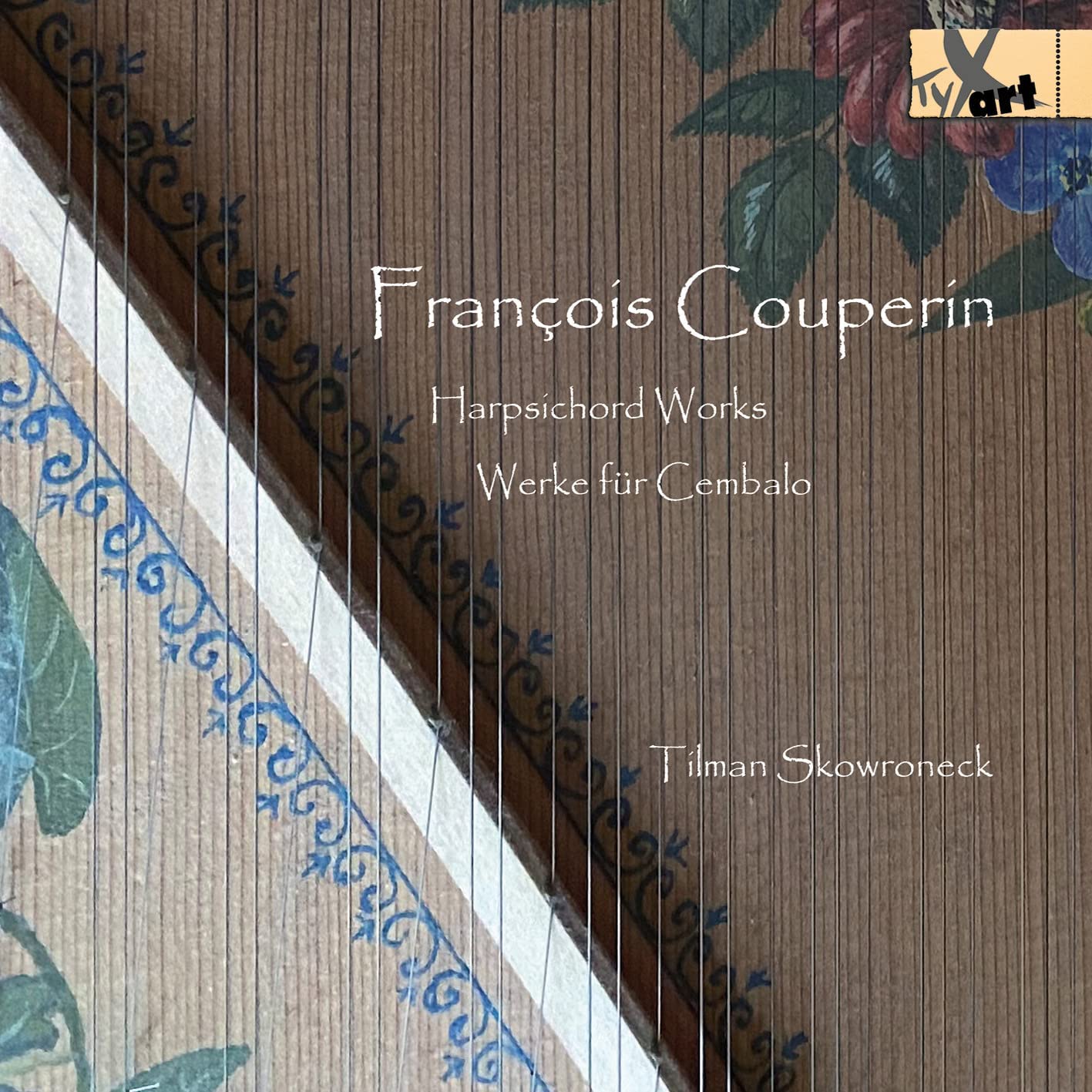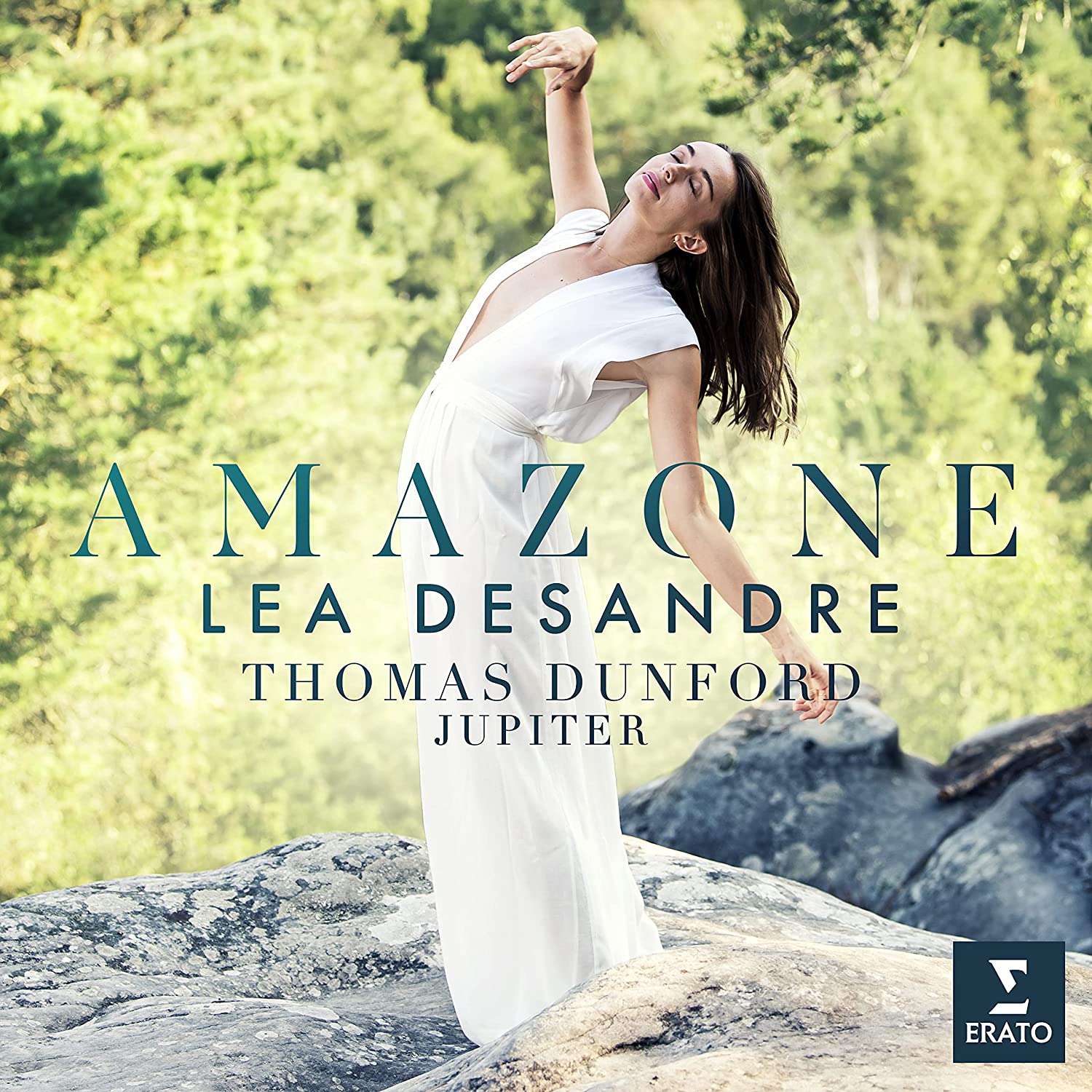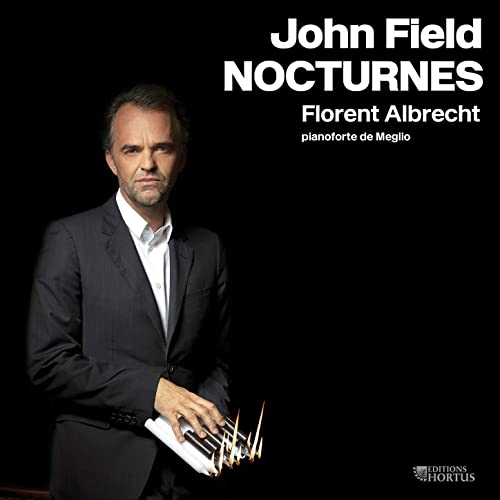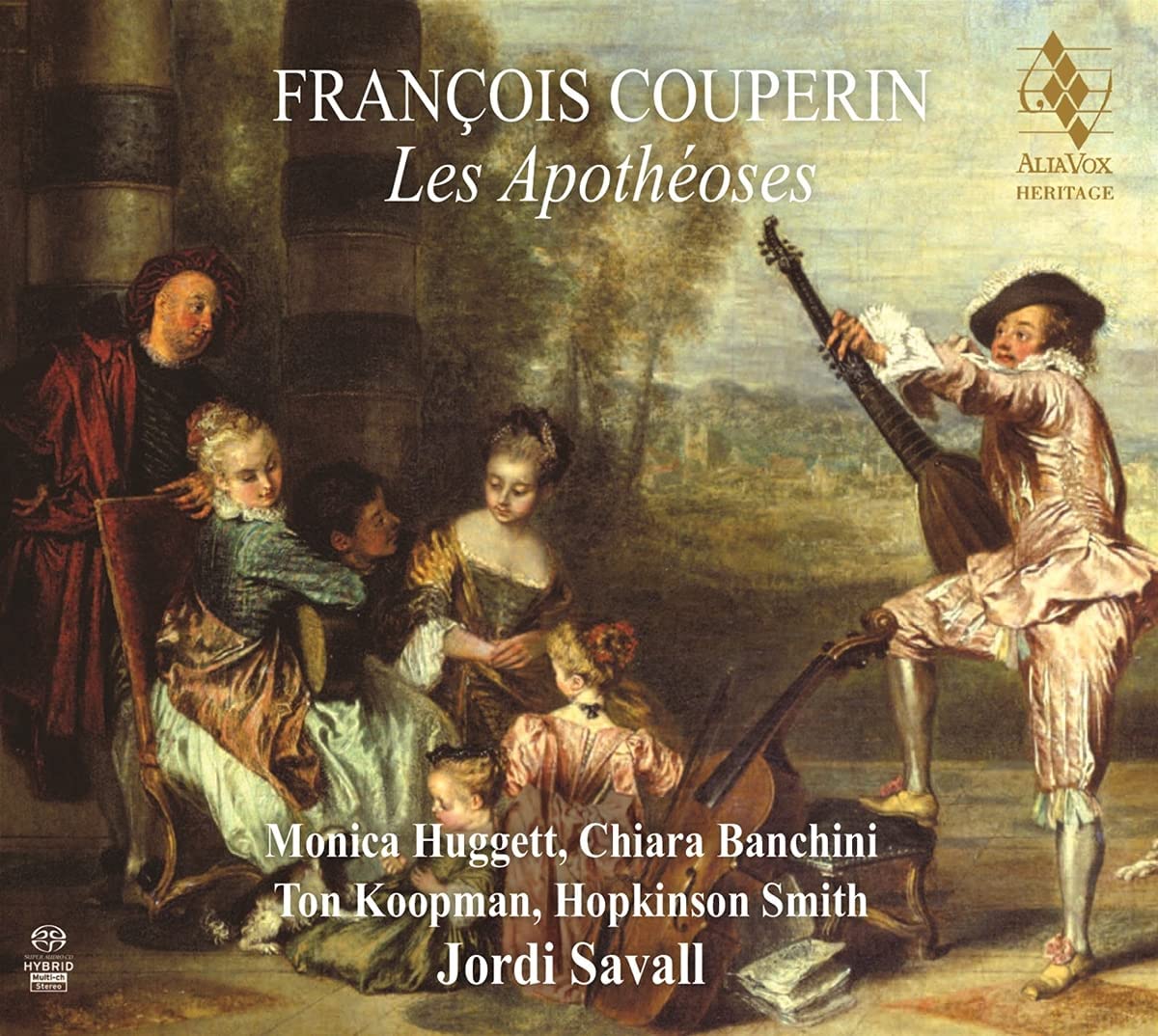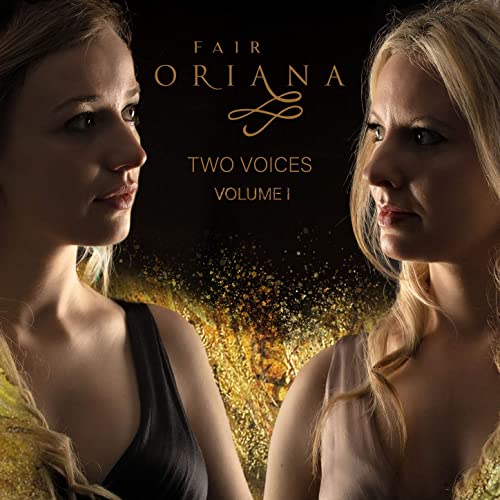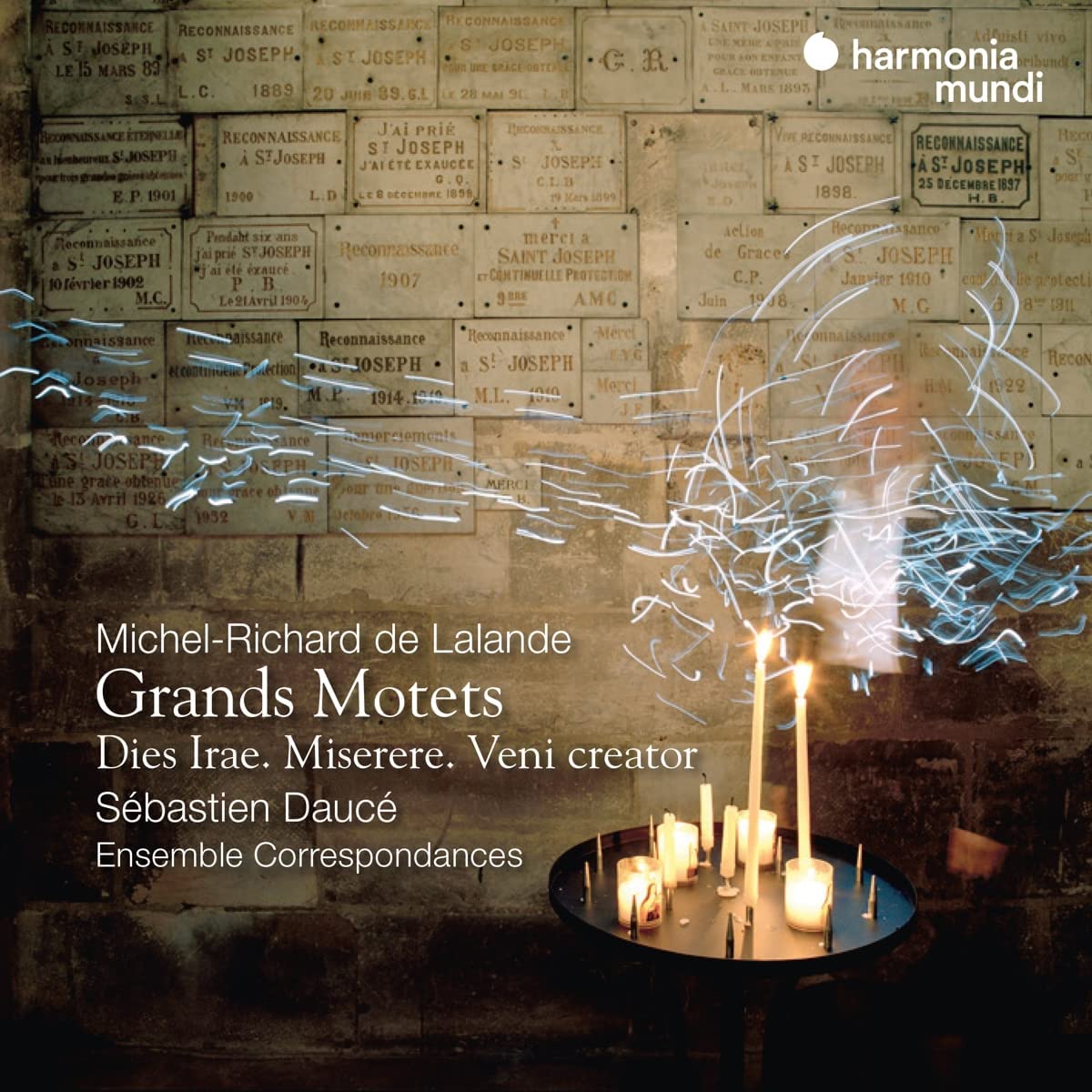Ensemble Correspondances, Sébastien Daucé
80:20
harmonia mundi HMM 902625
Click HERE to buy this album on amazon.co.uk
[Doing so supports the artists, the record company and keeps this site available – if no-one buys, this ad-free site will disappear…]
Michel-Richard de Lalande (1657-1726) is a rare example of a composer who knew nothing other than success and renown, a favourite of two French kings who served at Versailles for over forty years. Already in his twenties proficient enough to hold the position of organist at no fewer than four Paris churches, he first joined the court in 1683 as one of the sous-maîtres of the chapelle du roi. From there he went on to hold a number of posts culminating not only in leading the royal chapel, but in 1709 his appointment as maître da la musique de la chambre. He therefore became responsible for not only providing and directing the music for the king’s chapel but also providing secular music.
The main vehicle for the music of the royal chapel was the grand motet, a genre developed through composers such Henri Du Mont and Lully, but brought to a glorious fruition by Lalande, who wrote some 75 authenticated examples. Multi-sectional works scored for a substantial chorus and orchestra, the grand motet achieved a richly variegated texture by means of the introduction of solos and contrapuntal ensembles that contrast with the imposing grandeur of the largely homophonic choruses. The three included on this recording are the setting of the hymn Veni creator, composed in 1684, and a text that at Versailles had wider application than its usual Whitsun context, a large-scale and immensely imposing Miserere (Psalm 50) and an equally impressive Dies irae. This last departs from the norm in having been composed not for Versailles but the funeral of the Dauphine Marie-Anne-Christine of Bavaria at Saint-Denis, the historic location of princely funerals, in 1690. It became something of a fixture at state funerals and is believed to have been performed at the funeral of Louis XIV. In addition to the motets the recording sensibly separates the Dies irae and Miserere with a brief sample of Lalande’s secular orchestral music in the form of an extract from one of his Symphonies pour les Soupers du roi.
Over the past few years Sébastien Dauce’s Ensemble Correspondances has established a reputation enviable even in a country at present endowed with more than its fair share of outstanding early music ensembles and performers. The present CD will only enhance that reputation further. Given that the excellence of Daucé’s performers can by now be more or less taken for granted, perhaps the most notable aspect of these performances is the quite extraordinary depth and breadth he brings to the music where appropriate, particularly striking in the slower moving music of the Dies irae where Daucé creates a sublime spaciousness. The listener senses this right at the outset, where the period strings probe profoundly to bite into the rich orchestral texture, an impression only compounded when the profound strength of the opening chorus is added. Yet there is a wonderfully contrasted lightness and luminescence, too, in passages like ‘Quaerens me’ for two sopranos (the outstanding Caroline Weynants and Perrine Devillers). There is also a robust, uplifting vigour where appropriate. This applies especially to the later exuberant verses of Veni creator, brought to a resplendent peroration by the urgent vitality of the final doxology.
There are many, many more examples of the outstanding qualities of the performances that could be brought to notice, but I’ll restrict myself to a couple, the first of which provides a splendid illustration of not only the sheer variety of effect and texture, but also an acute textual awareness on the part of the composer that is one of the great qualities of Lalande’s compositions. In the Miserere the verse ‘Cor mundum’ (Create in me a clean heart, O God) starts with an exquisitely tender solo quartet, madrigalian in its weaving of imitative contrapuntal lines. The second part of the verse brings a greater urgency (‘renew a right spirit within me’) that Lalande responds to with lightfooted, dance-like verve, beautifully caught by Daucé. My other example takes us back to the Dies irae and the longest solo passage of récit and air in any of these works, the four verses commencing at ‘Liber scriptus’ and superbly sung and projected by alto Lucile Richardot, the possessor of a voice with the rare qualities of a genuine contralto.
I’m writing this in mid-January, which might seem a little early to start talking of ‘records of the year’. Notwithstanding I will be more than surprised if this superlative achievement is not way up there in the forefront of candidates.
Brian Robins
